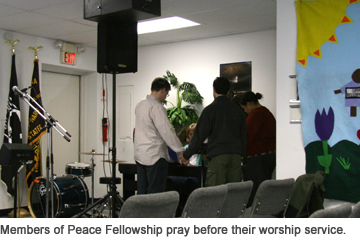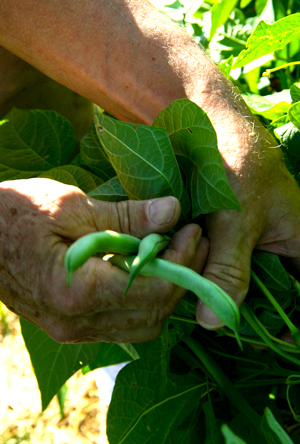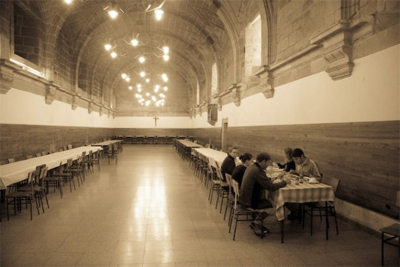(click the header to read all stories)
Read the articles online:
- A relational, unstructured experience: There is no church planting “master plan”
–Mauricio Chenlo - What I wish established churches knew: Gleanings from the ups and downs of church planting-
Rev. Dr. Dennis R. Edwards - Tools & Events for Growth
- Seeds in the wind: Church Planting in the Twilight of Christendom –
Mark Van Steenwyk - Creating new space: Established churches creatively extend their walls
-Jessica Walter - Book Review
View/download the printable PDF


 Church and mission agencies often seem to think that experts who design master plans and deliver the latest strategies are the ones who create ministries. The opposite seems to be true for us. Church planters normally do not receive their sense of call from a highly structured denominational master plan. They get their call from seeing the harvest and receiving a clear call from God. This is precisely what we seek to cultivate.
Church and mission agencies often seem to think that experts who design master plans and deliver the latest strategies are the ones who create ministries. The opposite seems to be true for us. Church planters normally do not receive their sense of call from a highly structured denominational master plan. They get their call from seeing the harvest and receiving a clear call from God. This is precisely what we seek to cultivate.
 The new churches and the older churches need each other. Established churches can be stimulated and motivated to try new ideas when they see younger congregations trying new things. And younger churches still have things to learn from more established congregations and do well to hear how they dealt with issues along the way. Church planters have much to learn from established pastors, even with regard to pastoral duties, budgeting, planning, etc.
The new churches and the older churches need each other. Established churches can be stimulated and motivated to try new ideas when they see younger congregations trying new things. And younger churches still have things to learn from more established congregations and do well to hear how they dealt with issues along the way. Church planters have much to learn from established pastors, even with regard to pastoral duties, budgeting, planning, etc.
 In an age where people like to shop around for religious affiliations, church planting methods have changed. The dominant church planting models in the United States assume that a church planter can show up in an area, and within a year, have a largely self-sufficient congregation of at least 150 people. This sort of method works in developing suburban contexts with a high number of loosely affiliated Christian residents already looking for some sort of Christian community. However, what has worked for so many church planters in growing suburban contexts (and in some other growing areas of the city) is losing effectiveness. Celebrity
In an age where people like to shop around for religious affiliations, church planting methods have changed. The dominant church planting models in the United States assume that a church planter can show up in an area, and within a year, have a largely self-sufficient congregation of at least 150 people. This sort of method works in developing suburban contexts with a high number of loosely affiliated Christian residents already looking for some sort of Christian community. However, what has worked for so many church planters in growing suburban contexts (and in some other growing areas of the city) is losing effectiveness. Celebrity  This is a time of high risk and high creativity. Instead of trying to do a few church plants “right” we should find ways of equipping, empowering and sending a higher number of leaders to imagine new ways of planting churches.
This is a time of high risk and high creativity. Instead of trying to do a few church plants “right” we should find ways of equipping, empowering and sending a higher number of leaders to imagine new ways of planting churches.
